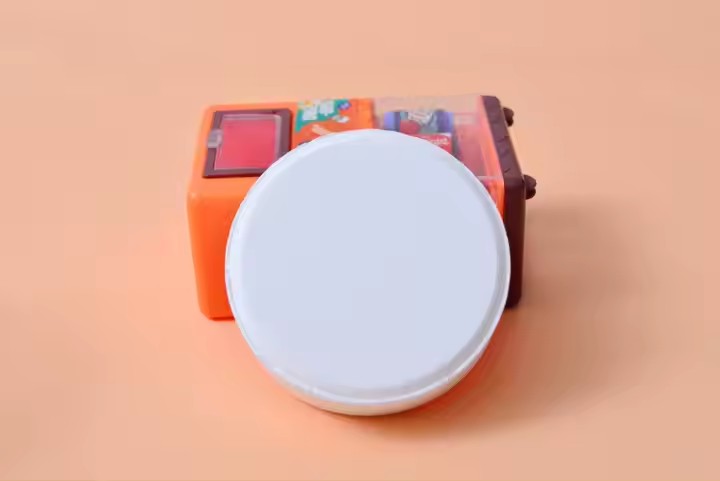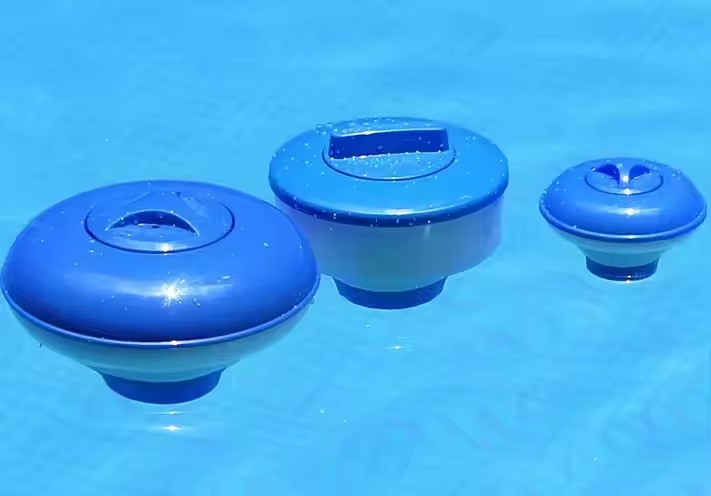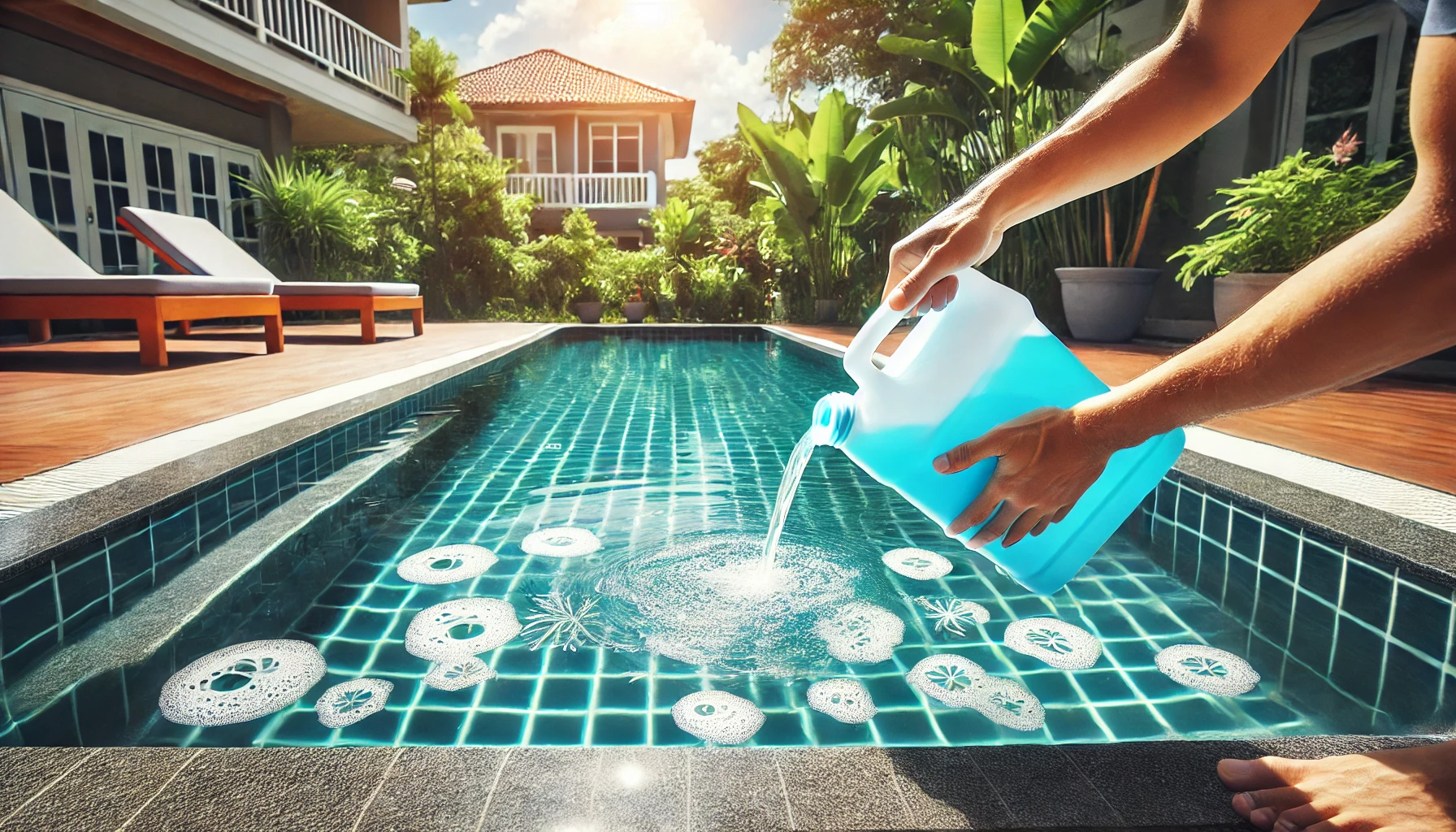Clean water is essential for health and comfort, whether it’s for drinking, bathing, or maintaining a swimming pool. Chlorine is one of the most effective and widely used chemicals for disinfecting water and removing impurities. Chlorine tablets are a convenient way to use chlorine in water treatment, offering an easy-to-dose solution for those looking to ensure water cleanliness and safety. In this blog, we will explore how chlorine tablets work, how to use them effectively, and the benefits they provide in removing impurities and odors from water. We will also discuss how you can buy pool chlorine tablets and their applications in pool maintenance.

Why Use Chlorine Tablets?
The use of chlorine tablets is widespread due to their effectiveness in killing harmful microorganisms in water. Chlorine is an oxidizer, which means it breaks down organic compounds in water, including bacteria, viruses, and algae, thereby ensuring that the water remains safe and free from contamination. In addition to disinfection, chlorine also plays a role in controlling odors caused by organic matter such as sweat, urine, and bacteria, making it an essential element in both drinking water purification and pool maintenance.
How Do Chlorine Tablets Work to Remove Impurities?
When chlorine tablets dissolve in water, the chlorine they release begins to attack and neutralize harmful substances present in the water. Here’s how they work:
1. Killing Bacteria and Viruses
Chlorine is highly effective in neutralizing harmful microorganisms. It penetrates the cell walls of bacteria and viruses, disrupting their cellular functions, which ultimately kills or inactivates them. By adding chlorine tablets to water, you significantly reduce the risk of waterborne diseases, ensuring the water is safe for consumption, bathing, or swimming.
2. Eliminating Algae and Mold
Another common issue in untreated water, especially in pools, is algae growth. Algae thrive in warm, stagnant water, creating slippery surfaces and cloudy water. Chlorine tablets help control algae by disrupting their cells and preventing further growth. This makes water not only cleaner but also visually clearer and safer to use.
3. Controlling Odors
Water can often develop unpleasant odors due to organic material breakdown, such as sweat, body oils, and other contaminants. Chlorine tablets are great for neutralizing these odors by reacting with the organic compounds, breaking them down, and eliminating the smell. This is especially useful in pool water, where odors can develop due to high swimmer activity.
4. Oxidizing Contaminants
Chlorine also acts as a powerful oxidizing agent. When chlorine dissolves in water, it oxidizes a variety of contaminants, including metals such as iron and copper, which can cause discoloration and staining. This oxidation process helps remove these impurities and prevents them from affecting the water’s clarity and appearance.
How to Use Chlorine Tablets Effectively
To get the most out of chlorine tablets, it’s important to follow a few simple steps to ensure they dissolve properly and are distributed evenly throughout the water. Here’s a guide on how to use them effectively:
1. Determine the Right Amount of Chlorine
The amount of chlorine you need to use depends on the volume of water you are treating and the current contamination levels. For pools, this can vary based on factors such as water temperature, pH levels, and bather load. Typically, a standard pool chlorine tablet will release enough chlorine to treat approximately 10,000 gallons of pool water, but you may need more or less depending on specific conditions. Always follow the manufacturer’s instructions for the correct dosage.
2. Using a Floating Dispenser or Skimmer Basket
For pools, one of the easiest ways to use chlorine tablets is by placing them in a floating dispenser or a skimmer basket. These devices ensure that the tablets dissolve slowly and release chlorine evenly into the water. The floating dispenser will move around the pool, ensuring that the chlorine is distributed throughout the entire pool. The skimmer basket method involves placing the tablets directly into the pool’s filtration system, where the water flows over them and helps distribute the chlorine.
3. Add Chlorine Tablets to the Water Directly (For Drinking Water)
For drinking water purification, it is important to ensure the proper dosage of chlorine tablets. Simply place the required number of tablets in a clean container of water, ensuring that they dissolve fully. Typically, one tablet is sufficient to treat 1 liter of water, but always check the instructions provided by the manufacturer. Stir the water to help the tablets dissolve more quickly and leave the water for a specified amount of time to ensure effective disinfection.
4. Monitor the Water Quality
After adding the tablets, monitor the water’s chlorine level using a pool test kit or a water quality testing kit for drinking water. Chlorine levels should be maintained between 1-3 ppm (parts per million) for pool water, while drinking water should have a chlorine residual of 0.2-0.5 ppm for safe consumption. If chlorine levels are too high, it can lead to irritation or unpleasant tastes, while low levels may result in ineffective purification.
Where to Buy Pool Chlorine Tablets
If you’re maintaining a pool, you’ll need a reliable source to buy pool chlorine tablets. These tablets can be found at most pool supply stores, home improvement retailers, and online marketplaces. When shopping for pool chlorine tablets, look for high-quality brands that offer slow-dissolving tablets to ensure long-lasting chlorine release. Be sure to compare prices, read customer reviews, and check the product specifications to ensure you’re getting the right product for your pool size and needs.
Conclusion
Chlorine tablets are a simple, effective way to remove impurities, control odors, and disinfect water, making them an essential tool for pool maintenance and water treatment. By understanding how they work and following the proper usage guidelines, you can ensure clean, safe water for various applications. If you’re looking to improve the quality of your pool water, be sure to buy pool chlorine tablets from a trusted supplier to get the best results. Whether you’re dealing with pool water or drinking water, chlorine tablets provide a convenient solution for maintaining high water quality and promoting health and safety.


